10 Front Yard Plants That Will Add Value To Your Home – According To Experts
These stand-out plants will boost your home's curb appeal and make it more appealing to buyers. Invest in your front yard landscaping now, and these expert picks will be established by the time you move on.

Amy Draiss
Your front yard sets the scene for the house beyond, and nothing boosts a home’s curb appeal more than beautiful established plants.
Long-flowering perennials are particularly prized features for front yards – especially those that have a welcoming fragrance.
‘Flowering bushes and shrubs provide a vibrant and inviting atmosphere for your front yard,” says Kelly Funk, president of Jackson & Perkins.
“They serve as the perfect elements to boost curb appeal, with a lush green backdrop that sets the stage for bursts of colorful flowers.
Consider incorporating these versatile plants in different ways to suit your property.
“For foundation gardens, choose flowering shrubs with a mix of evergreen varieties for year-round appeal,” adds Kelly. “Along walkways, opt for low-maintenance options in containers. To define borders or create privacy, flowering shrubs can be strategically planted to create an attractive garden wall effect.”
In order to boost curb appeal, it’s vital that plants are healthy and in good condition. Stay on top of pruning and deadheading, regularly checking plants and removing dead or damaged branches.
Gardening tips, videos, info and more delivered right to your inbox!
Sign up for the Gardening Know How newsletter today and receive a free copy of our e-book "How to Grow Delicious Tomatoes".
We asked industry experts to share their top picks for front yards that will add value to a property.
Before investing in any plant, ensure it is compatible with your USDA hardiness zone and soil type.
1. Flowering hedging
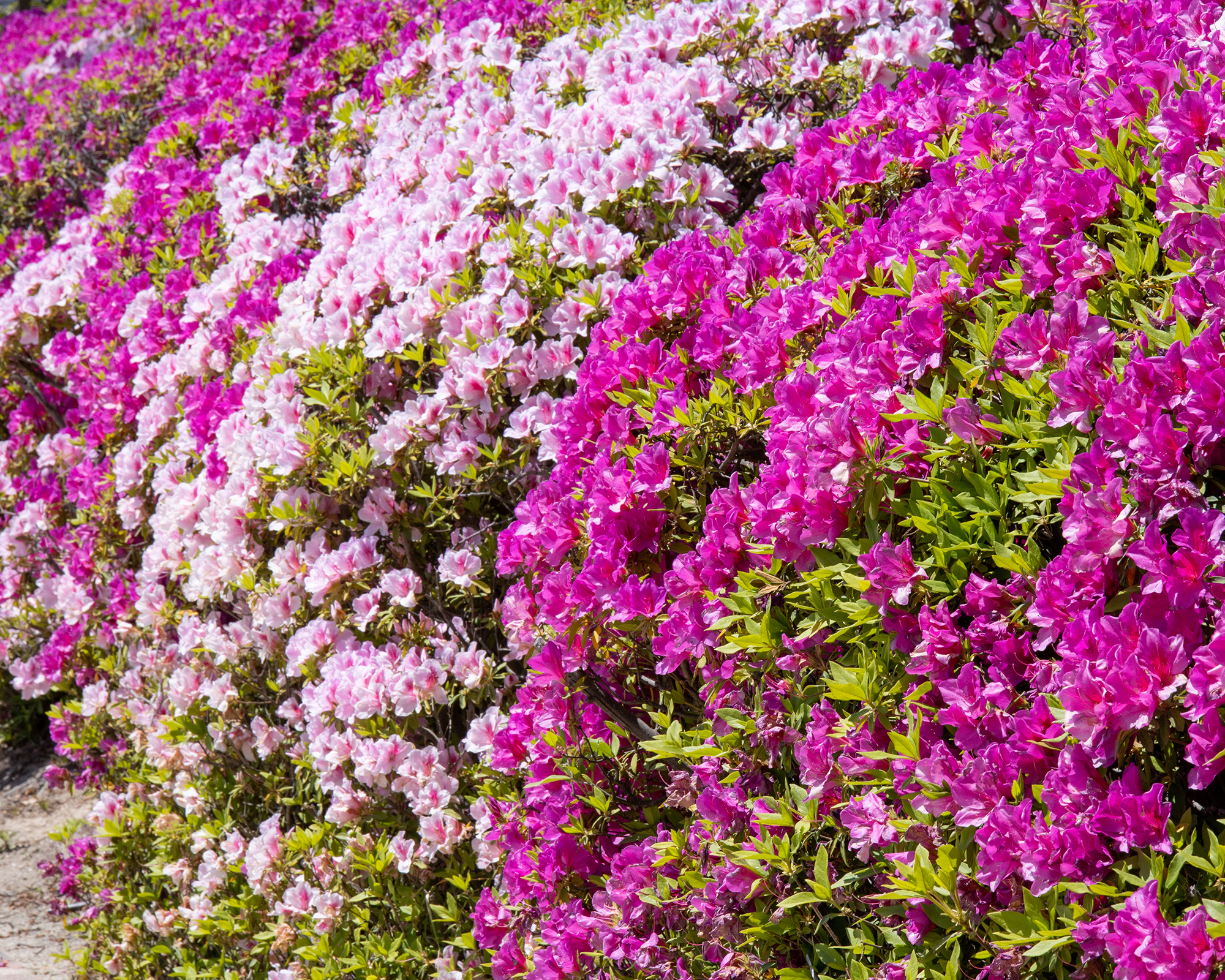
“Flowering hedges can provide practical and aesthetically pleasing ways to add value and functionality to your home’s landscape,” says Linda Vater, plant expert for Southern Living Plant Collection.
“Whether screening areas you’d rather not showcase – such as trash bins or HVAC machines – or establishing clear boundaries between different outdoor living spaces, hedges are living fences that bring beauty and utility to a front yard.”
When selecting plants for your hedge or border, Linda suggests that evergreen varieties are excellent choices with an array of options in terms of height, texture, color, and overall appearance.
“Flowering evergreen shrubs like abelias, camellias, and azaleas create blooming borders with flowers month after month, plus four-season foliage to provide continuous screening,” she says.
“You can even plant a fragrant hedge or low border with options like gardenia or rosemary that enchant the senses while delineating space.”
2. Oakleaf hydrangea
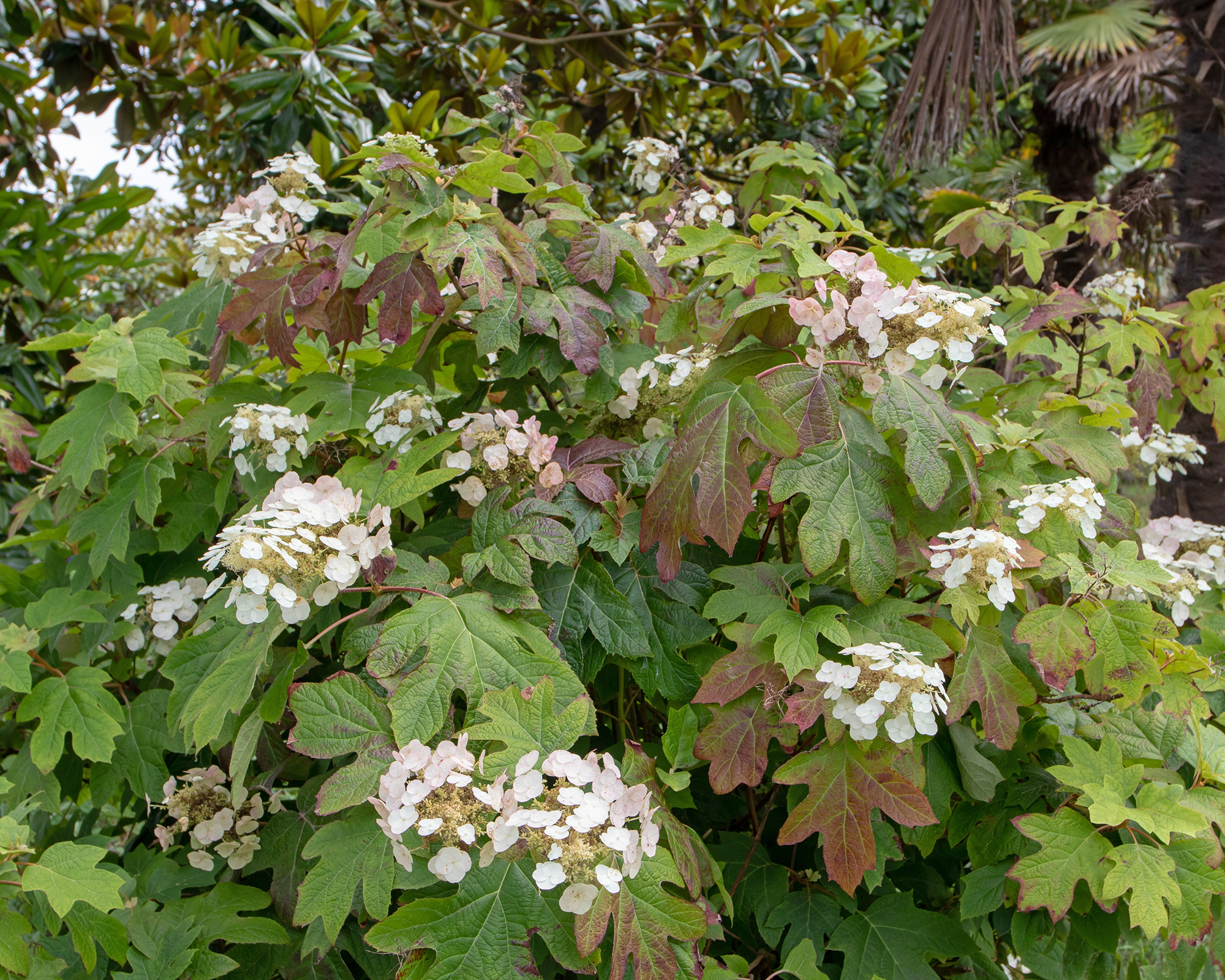
Hydrangeas are having a moment in landscaping design. These glorious perennial shrubs are being celebrated for the long-season beauty their flowers and foliage bring to a garden. This makes them the perfect option for adding impact and curb appeal to a front yard.
There are several different types of hydrangea worth considering, but Ali McEnhill, owner of The Old Dairy Nursery & Gardens, particularly rates the oakleaf hydrangea for front yards, due to its multi-season interest and low maintenance needs.
“Oakleaf hydrangea is an attractive deciduous shrub native to the American South,” she explains. “Bold, large, oak-shaped leaves give this hardy plant an almost tropical appearance. Leaves emerge light green in spring, darken to a deep green, then turn the most beautiful shade of burgundy in fall. This shrub continues to please through winter when the peeling cinnamon-colored bark is exposed.
"Two of my favorite varieties are ‘Snow Queen’ and ‘Ruby Slippers’. ‘Snow Queen’ is a floriferous plant with strong stems and a lovely form, while ‘Ruby Slippers’ is a perfect option for smaller gardens.”
Oakleaf hydrangea requires very little care and, unlike other hydrangeas, does not need to be pruned regularly. However, when pruning oakleaf hydrangea it is worth remembering that this plant flowers on old wood, and, if desired, should be pruned just after flowering to maintain shape.
You can grow oakleaf hydrangea in USDA zones 5-9. It grows best in full sun to part shade on average to moist but well-drained soil.
3. Heuchera
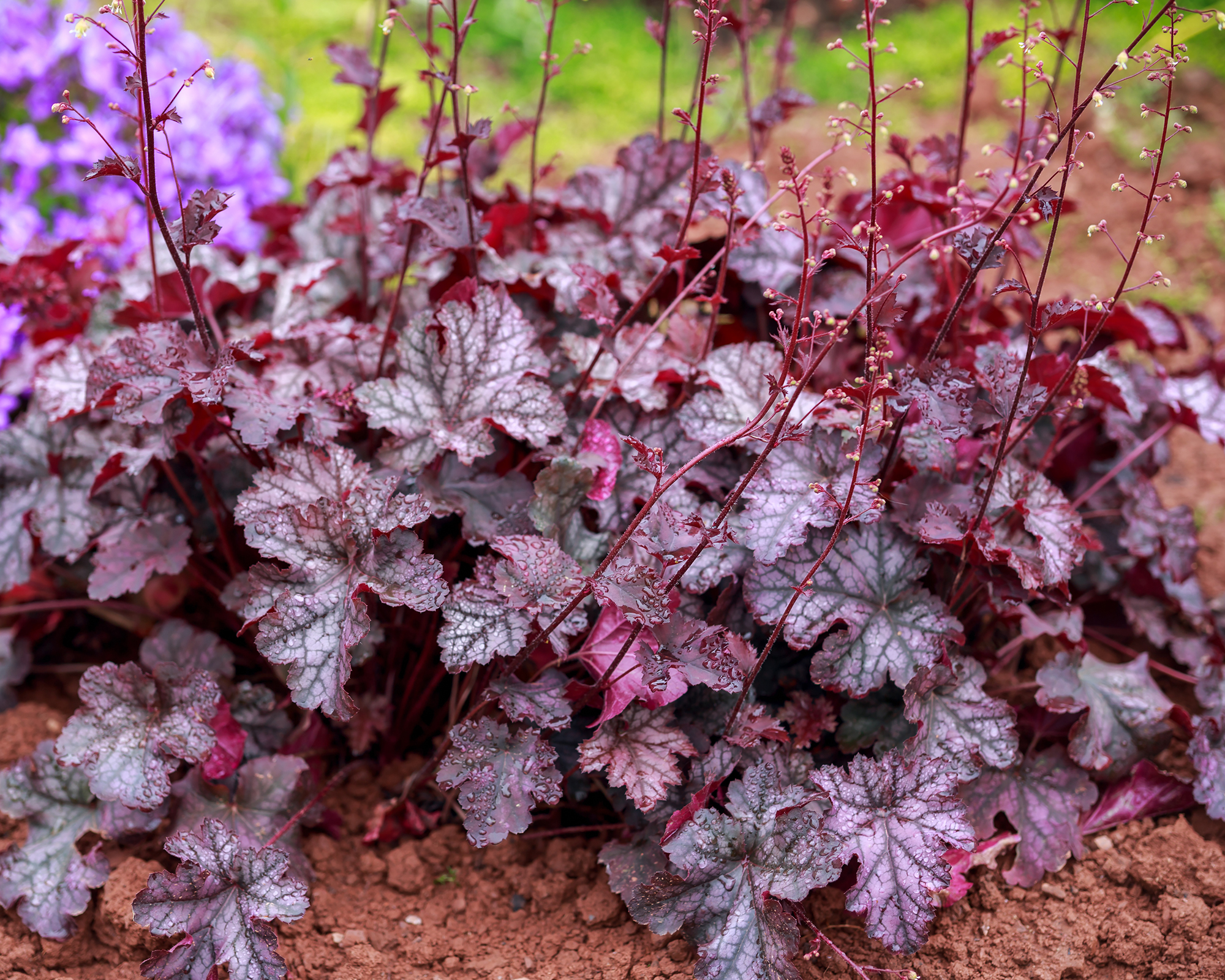
Heuchera – or coral bells – is a versatile perennial that adds long-lasting color and interest to areas where other plants would not thrive.
Naturally grown in woodland, heuchera is happiest in the shade or filtered sun. This makes it the perfect plant for brightening up darker corners in your front yard.
The plants have a low-growing, mounding habit that makes them ideal for adding to the edge of borders. However, they also grow very well in containers, meaning you can position them to their best advantage.
Most heuchera varieties are evergreen, although the foliage comes in a range of hues, including red, bronze and purple.
Between late spring and early summer, heuchera blooms with tall spikes of bell-shaped flowers that are just as striking as the foliage color, in shades ranging from white and pink to light coral and deep red. There are also late-blooming types available.
Heuchera are low maintenance plants that are easy to grow. They require moist, but well-draining soil. When planting, enrich the soil with compost or other organic matter.
Chuck Pavlich, director of new product development at Terra Nova Nurseries, recommends Heuchera Northern Exposure ‘Amber’ as it is so versatile.
“This variety was bred to be hardy, long-lasting and rust-resistant. It also is a strong pollinator attractor,” he says. “It’s great for any front yard, as it can thrive in full sun, part shade or full shade. It can be used in mixed beds in the front yard or a container on the front porch or doorstep.”
Chuck’s other pick for adding value to front yards is Heucherella ‘Sweet Tea’. “This variety is a classic for containers and gardens,” he says.
“Its leaves are a beautiful red-orange color in spring and fall, and transition to a deeper shade in the summer and winter. It is the perfect variety for shady front yards. Because of its color-changing leaves, it feels like you have a new plant each season.”
While heuchera is generally hardy throughout USDA zones 4 to 9, several cultivars are hardy to zone 3, and some can tolerate the heat of zones 10 and 11.
4. Roses

“Roses are iconic front yard plants that elevate your home’s value and visual appeal,” says Jackson & Perkins' Kelly Funk. “With their beauty and variety of colors and fragrances, roses add charm and elegance to any landscape.”
There are numerous types of roses to choose from. “Consider featuring Floribunda roses prominently in your front yard for a striking display of exquisite clusters and vibrant blooms,” advises Kelly. “Climbing roses can grow up fences, columns, or trellises, adding vertical interest to your home.
“By incorporating roses into front yard landscaping, you can create a stunning and inviting outdoor space that leaves a lasting impression.”
For low-maintenance roses that keep on blooming all season long, look at the Knock Out family of roses.
“These will bloom continuously throughout the season, offering a show-stopping display of color in the garden. No other flowering shrub blooms as long or as often,” says Stephanie Waltz, rose trial coordinator at Star Roses and Plants.
“They are easy to grow and don't require special care. Plant them individually among shrubs, annuals, and perennials in mixed beds and borders. Plant them in large groups to create a colorful hedge or along a foundation to provide a bright border.”
Roses need to be planted in well-drained, fertile soil in order to thrive. “Regular watering, mulching, and pruning are essential to maintain rose health and ensure healthy growth and abundant flowering,’ adds Kelly.
There are options for growing roses in USDA zones 3-11, depending on the individual species.
5. Hornbeam
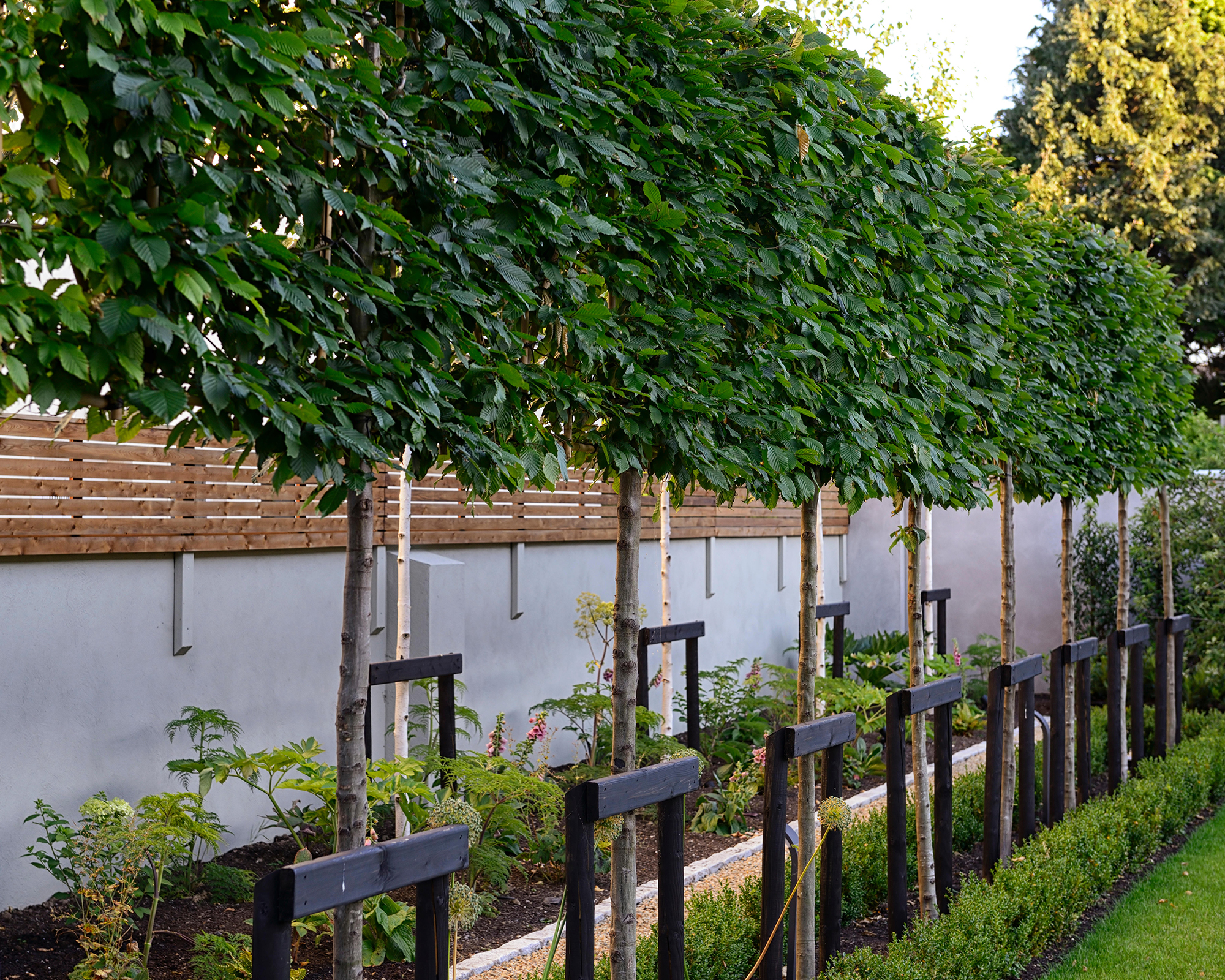
There are several trees that add value to a home – and also some that can detract from it. However, Ali McEnhill believes the European hornbeam (Carpinus betulus) is one of the most appealing.
“It is one of the most versatile trees that you can plant,” she says. “It makes for a stately medium-size landscape tree with a lovely oval to rounded form; it can be pollarded; it can be grown as a hedge.
“The steel grey bark remains attractive all winter long. Additionally, dried leaves are held on branches through winter, adding yet another interesting textural element. Catkins on male plants are a delight to pollinators in early spring.”
Hornbeam is easy to grow as it tolerates acidic soil, limey soil, full sun, full shade, dry soil, and moist soil.
“This is also a clean tree, which is a must for a front yard,” adds Ali. “You never have to worry about dropped nuts or branches. It also holds onto its leaves through winter, making fall clean up easy.”
You can grow European hornbeam in zones 4-8.
6. Sweet viburnum
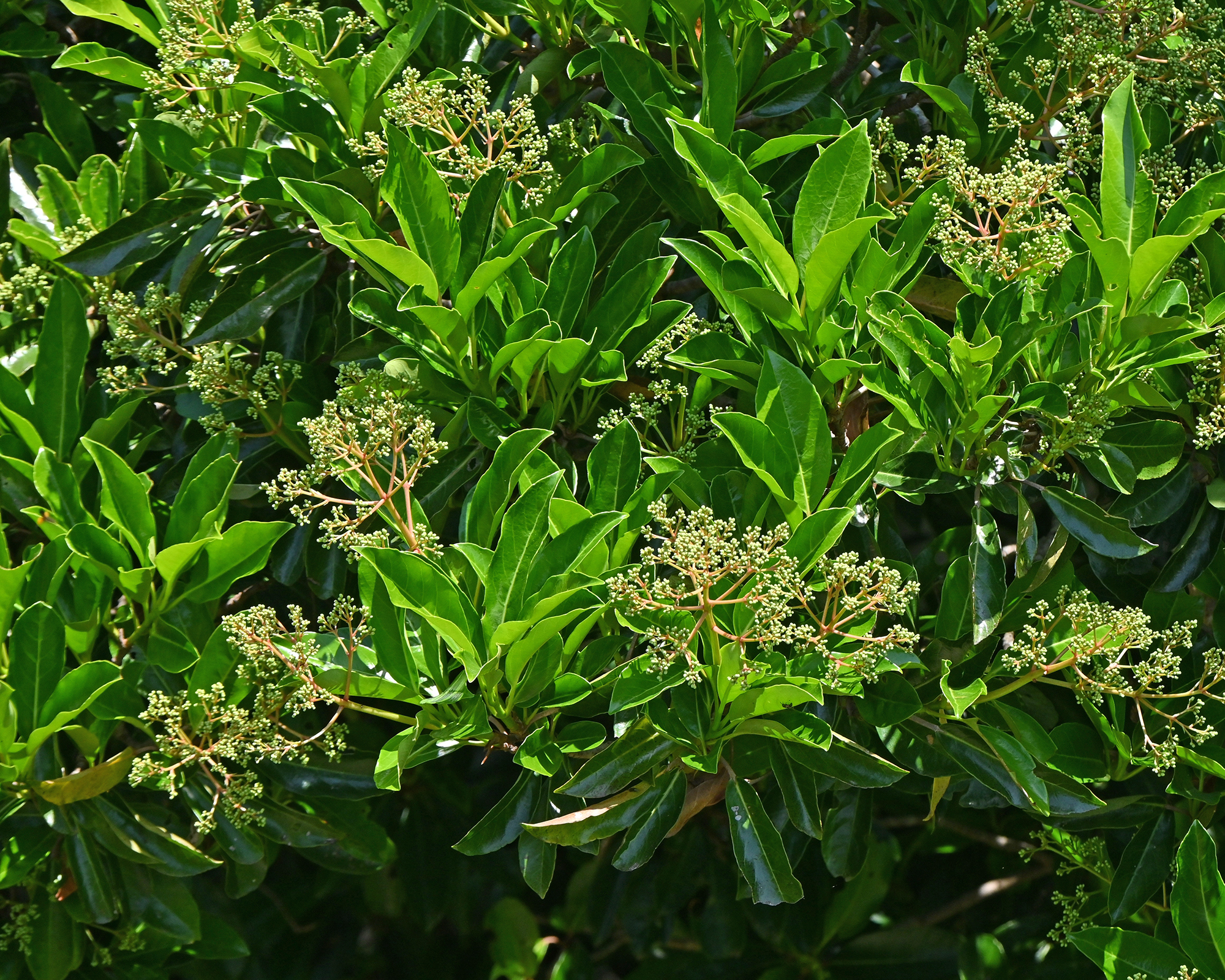
“Sweet viburnum is a versatile and popular shrub known for its attractive evergreen foliage, beautiful white flowers, and sweet fragrance,” says Alex Kantor, owner of Perfect Plants Nursery.
“This shrub can add value to your home by creating a visually appealing landscape and welcoming atmosphere. The sweet scent of its flowers can entice people and make your front yard more inviting. It enhances curb appeal, provides privacy, and attracts beneficial wildlife.”
Sweet viburnum thrives when planted in well-drained soil, and requires regular watering and occasional pruning to maintain its desired shape, and to promote healthy growth.
Growing sweet viburnum bushes is recommended in warmer regions of the country, like coastal areas. The species is suitable for zones 8-10.
7. Hardy geranium
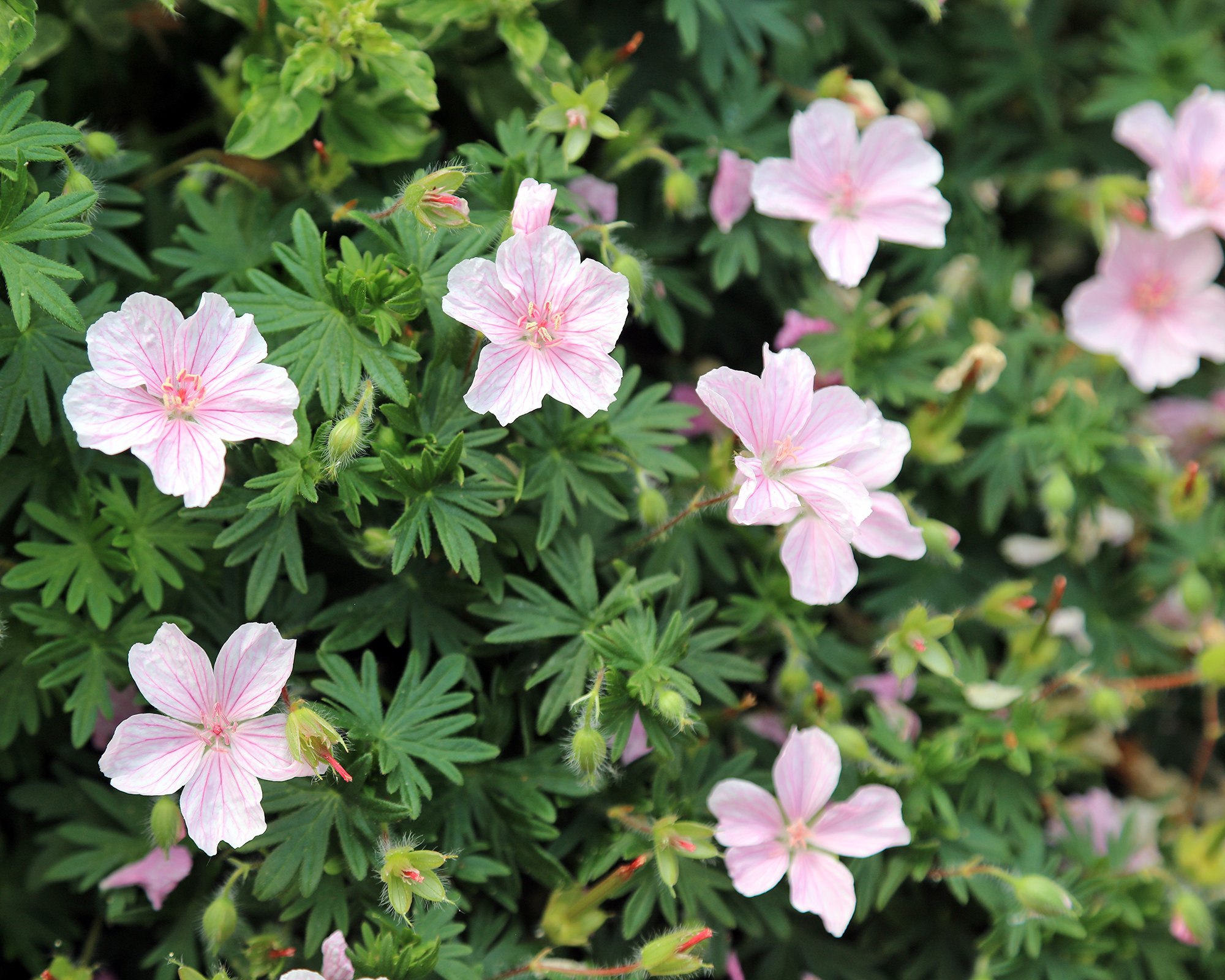
Hardy geranium – or cranesbill – is a compact, long-blooming perennial that makes the perfect addition to front yards.
“Ensure you choose hardy – or true geraniums – not the big showy annuals (pelargoniums). They are fantastic plants that require little care yet provide near-year-round interest in the garden,” says Ali McEnhill.
“I particularly recommend bloody cranesbill (Geranium sanguineum var. striatum), which is heat, cold, and drought tolerant. Small, divided leaves form a spreading mound that is absolutely smothered in pale pink, red veined flowers through May and June. It also reblooms lightly and sporadically through September. To add to this, its red winter foliage is spectacular.”
Hardy geraniums are easy to grow in average garden soil in full sun to part shade. Remove spent blooms and occasionally water for the best performance. There are options suitable for zones 3-9.
8. Sky Pencil holly

Sky Pencil holly (Ilex crenata 'Sky Pencil') is a unique and elegant evergreen shrub that can add both aesthetic appeal and practical value to your home. Its foliage resembles boxwood more than holly, and it can be grown in containers if desired.
“It has a slender, columnar shape that makes it an excellent choice for creating privacy hedges or adding vertical interest to your front yard,” says Alex Kantor.
“The dense foliage of Sky Pencil holly provides a lush and green backdrop, whether it is used to create a screen between neighboring homes or to create a more private atmosphere alongside roads.
“With its low maintenance needs and year-round greenery, Sky Pencil holly can enhance the beauty and value of your home's exterior.”
Sky Pencil holly should be planted in well-drained soil, and regularly watered during dry periods. It requires occasional pruning to maintain its slender shape and desired height.
You can grow it in zones 6-9.
9. Japanese spikenard

Japanese spikenard (Aralia cordata) is a little-known herbaceous perennial that makes a big impact in a front yard. Chuck Pavlich particularly favors the ‘Sun King’ variety.
“As its name suggests, Aralia cordata ‘Sun King’ showcases golden leaves that are as big and bold as the sun,’ he says. “This variety also features small clusters of white, satellite-like flowers in the late summer that are followed by purple berries.
“Aralia cordata ‘Sun King’ is fast-growing and acts as a bold accent in a partly or fully shaded garden or front yard. It also can be grown in a container and is fast to fill a pot.”
Japanese spikenard prefers to be grown in part or full shade. It should be protected from strong winds, which may damage its large leaves.
You can grow Japanese spikenard in zones 4-9.
10. Native ornamental grasses
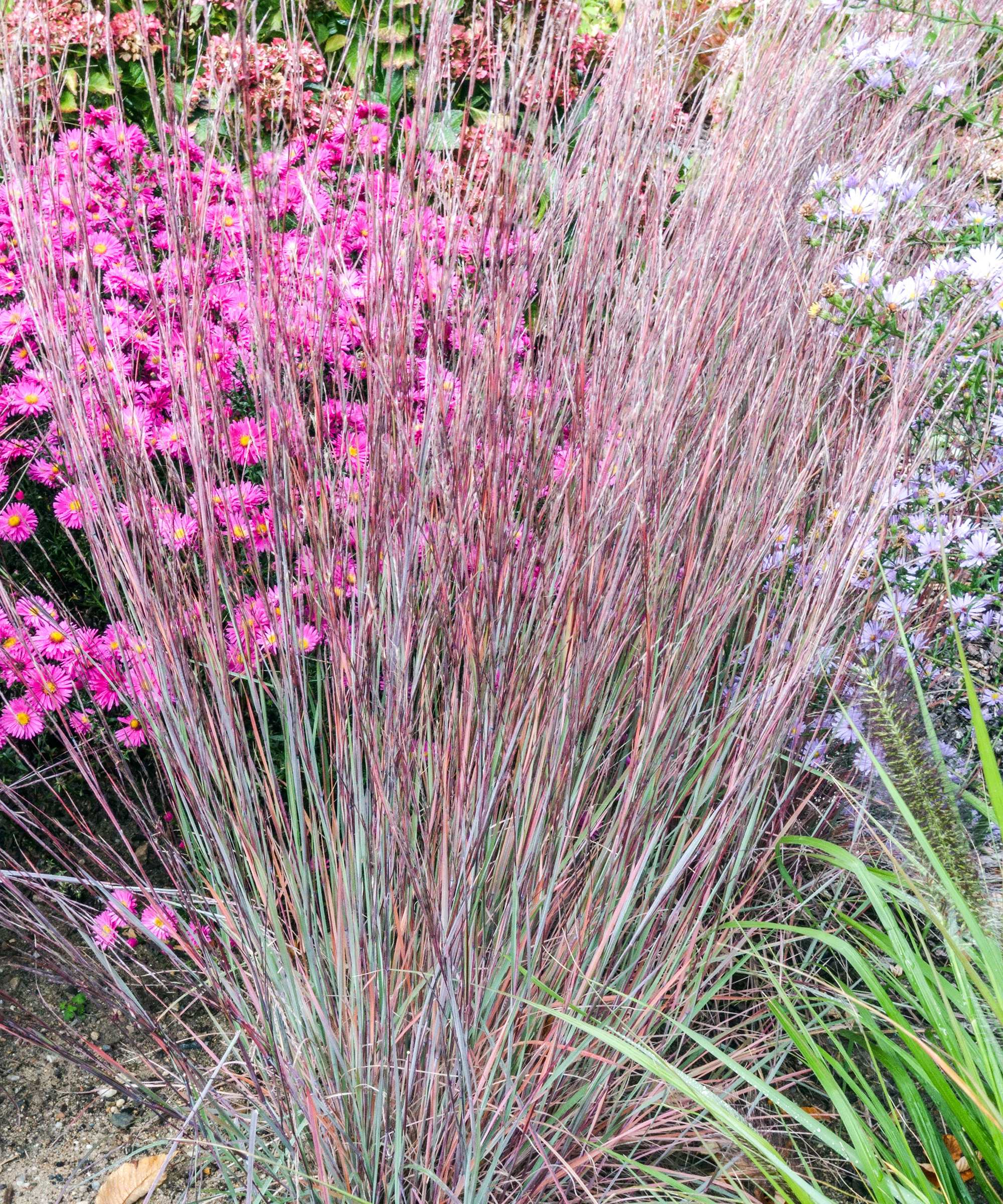
“As homeowners shift their focus to drought-tolerant and low-maintenance plantings, native plants are the best investment for landscapes of the future,” says Mary Phillips, Head of Native Plant Habitat Strategy/Certifications at the National Wildlife Federation.
She argues that by adding native plants, including ornamental grasses such as little bluestem grass, prairie dropseed, and blue grama “you will be investing in a landscape that needs less care, while also supporting key wildlife species that are under increasing stress from climate change.”
To maximize the benefits of native plants in the landscape, use the Native Plant Finder from National Wildlife Federation and find the ideal plants for your region.

Melanie is an experienced gardener and has worked in homes and gardens media for over 20 years. She previously served as Editor on Period Living magazine, and worked for Homes & Gardens, Gardening Etc, Real Homes, and Homebuilding & Renovating. Melanie has spent the last few years transforming her own garden, which is constantly evolving as a work in progress. She is also a passionate organic home grower, having experimented with almost every type of vegetable at some point. In her home, Melanie tends to an extensive houseplant collection and is particularly fond of orchids.
- Amy DraissDigital Community Manager
-
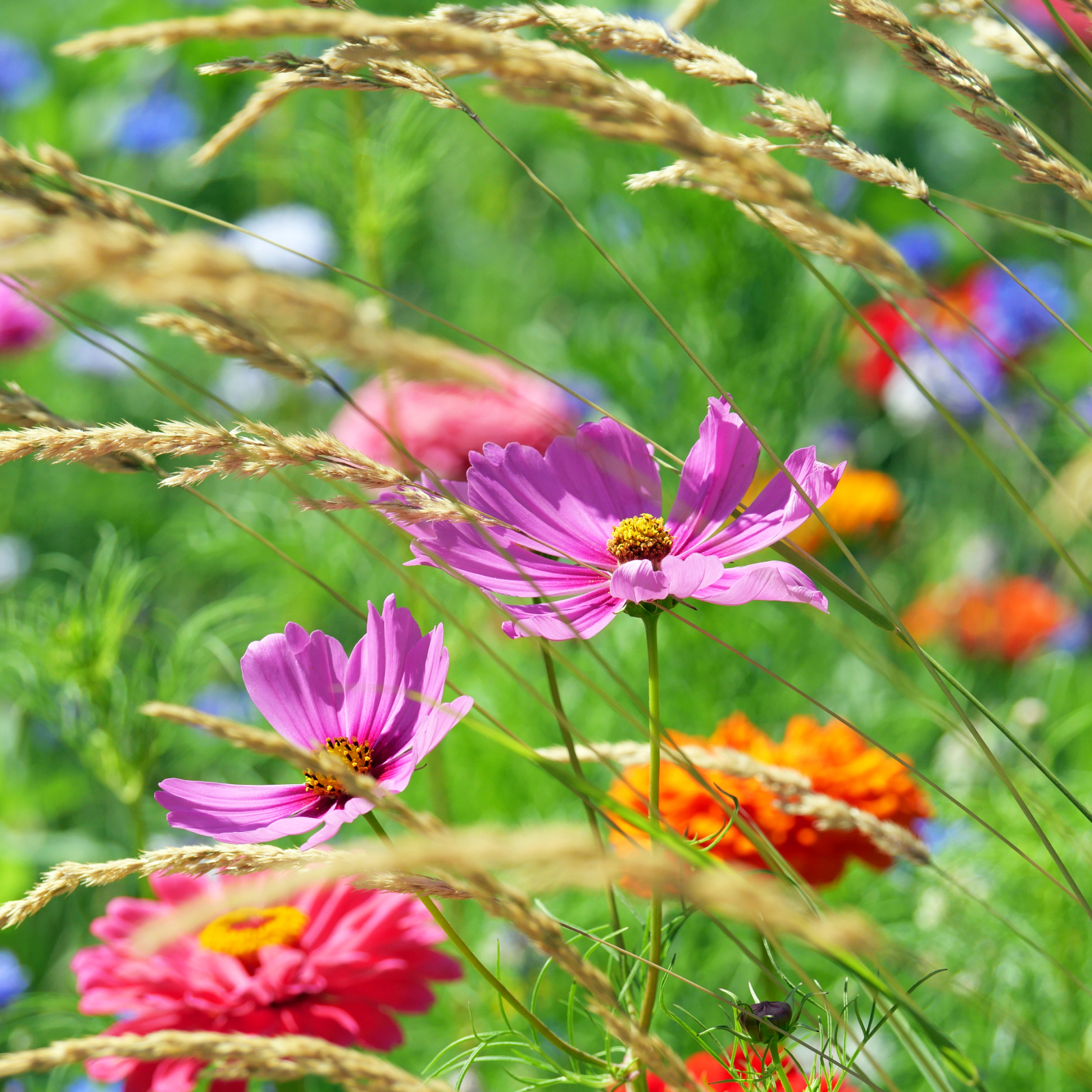 10 Easy, Breezy Meadow Flowers & Grasses For A Magnificent Low-Maintenance Landscape
10 Easy, Breezy Meadow Flowers & Grasses For A Magnificent Low-Maintenance LandscapeChoosing the right meadow flowers and grasses will help you create the luxurious garden of your dreams. Explore some of my favorites.
-
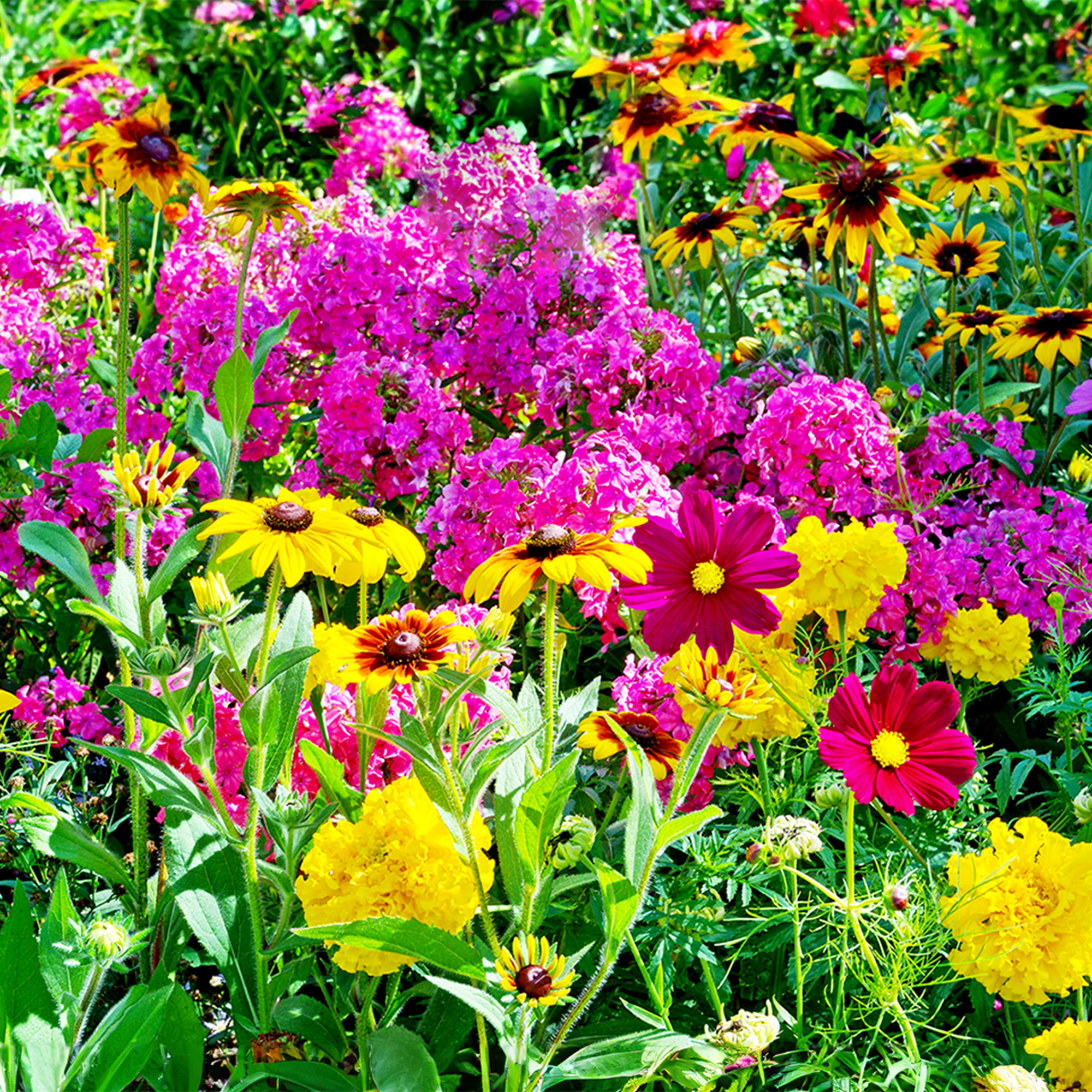 Top 10 Flower Seeds To Sow In May For A Joyful Summer Garden Bursting With Color
Top 10 Flower Seeds To Sow In May For A Joyful Summer Garden Bursting With ColorSow the seeds of summer this month with our recommended pick of annual and perennial flowers that will create a rich tapestry of color all season long.
-
 What Is A Pollinator Garden? Grow Gorgeous Blooms While Benefiting Your Local Ecosystem
What Is A Pollinator Garden? Grow Gorgeous Blooms While Benefiting Your Local EcosystemPollinator gardens look great and also provide a diverse ecosystem that benefits your local pollinating insects and animals. Get started today with this guide!
-
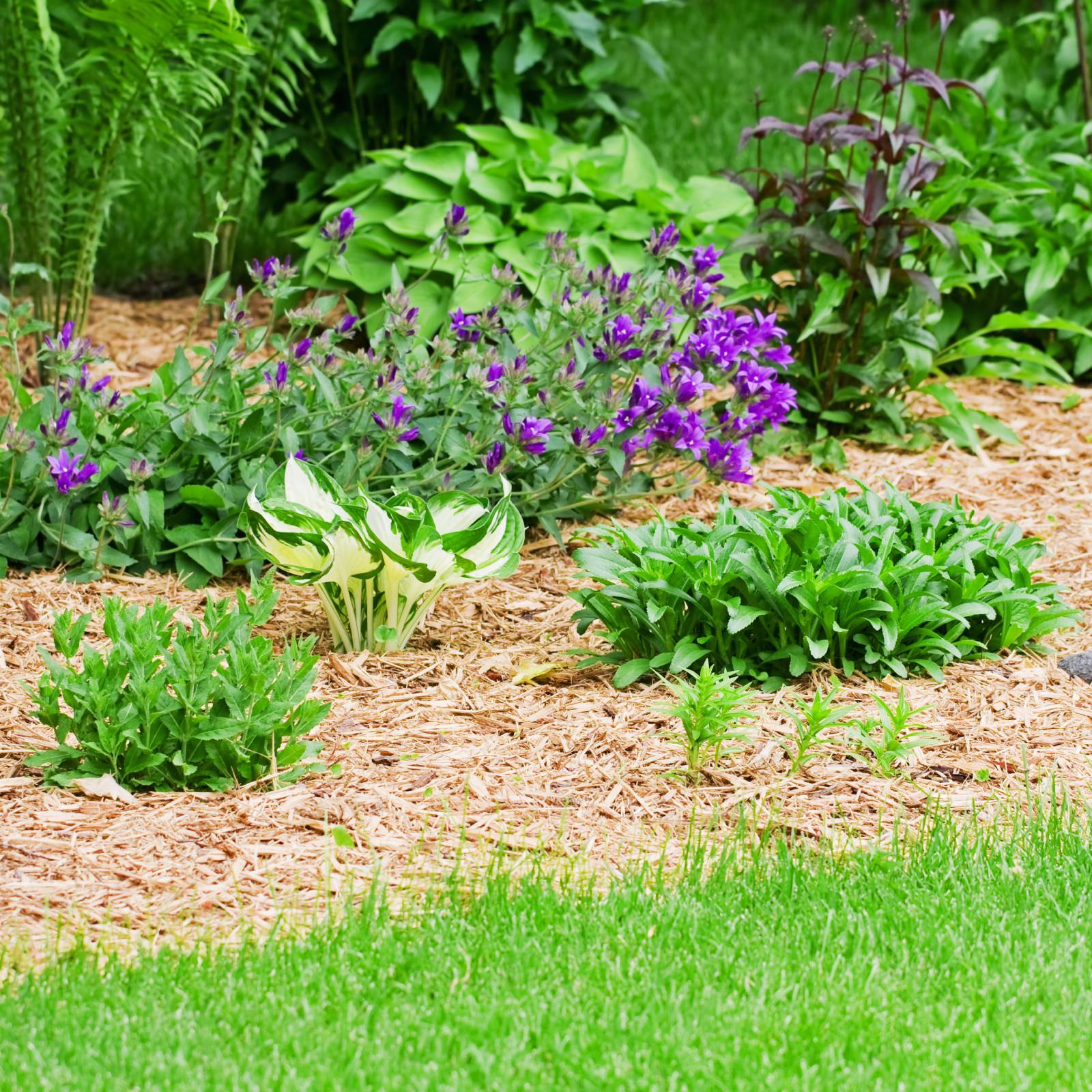 5 Free Magic Mulch Materials That Will Transform Your Garden – Per An Eco-Expert
5 Free Magic Mulch Materials That Will Transform Your Garden – Per An Eco-ExpertAward-winning eco-expert Kim Stoddart reveals 5 magic mulches that improve soil health and help the planet. Plus, you can find these free materials anywhere!
-
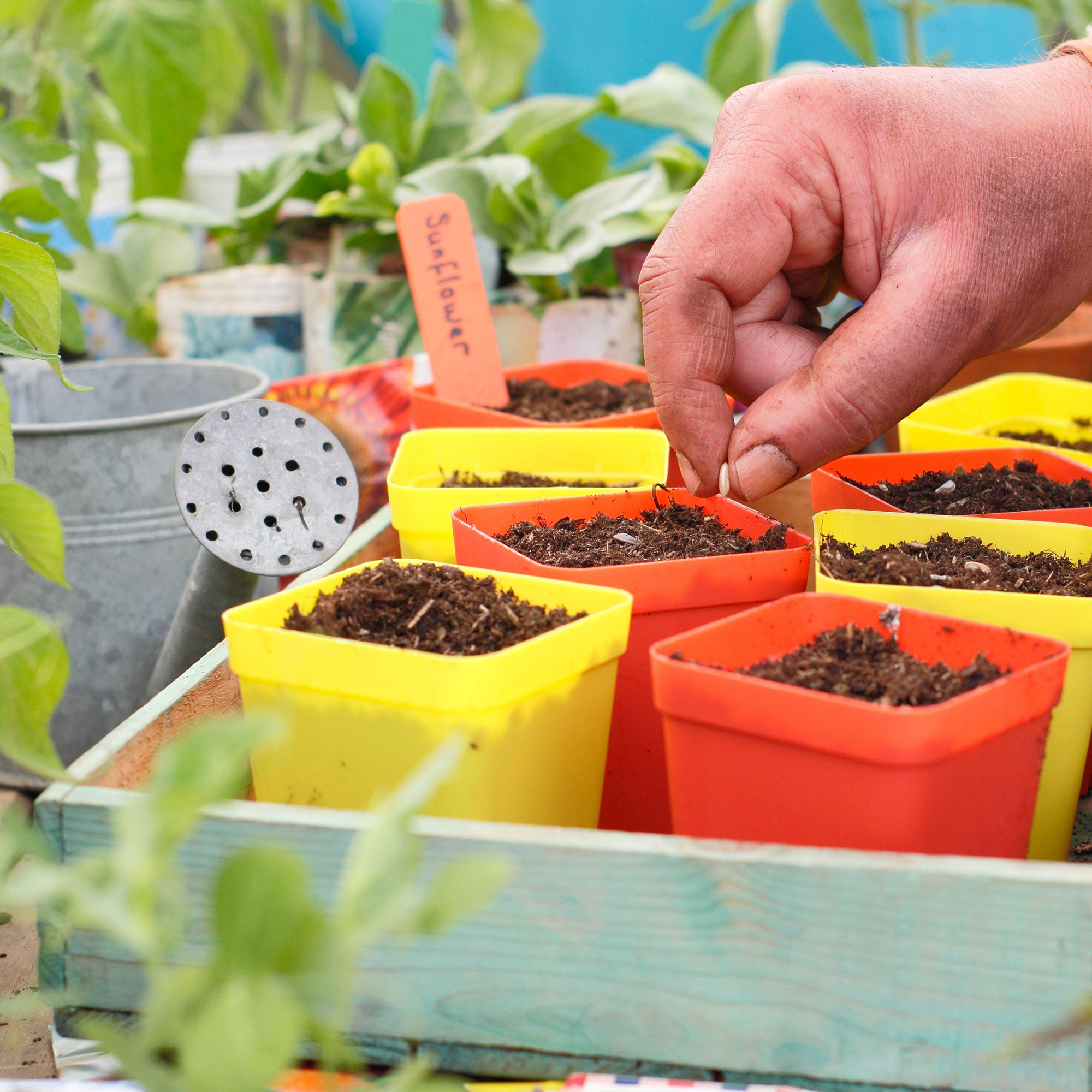 Struggling To Grow? Fix These 7 Seed-Starting Mistakes Before It's Too Late
Struggling To Grow? Fix These 7 Seed-Starting Mistakes Before It's Too LateGive your seeds the best possible start and learn how to fix common errors that stunt growth, weaken plants, and prevent crops and flowers from flourishing.
-
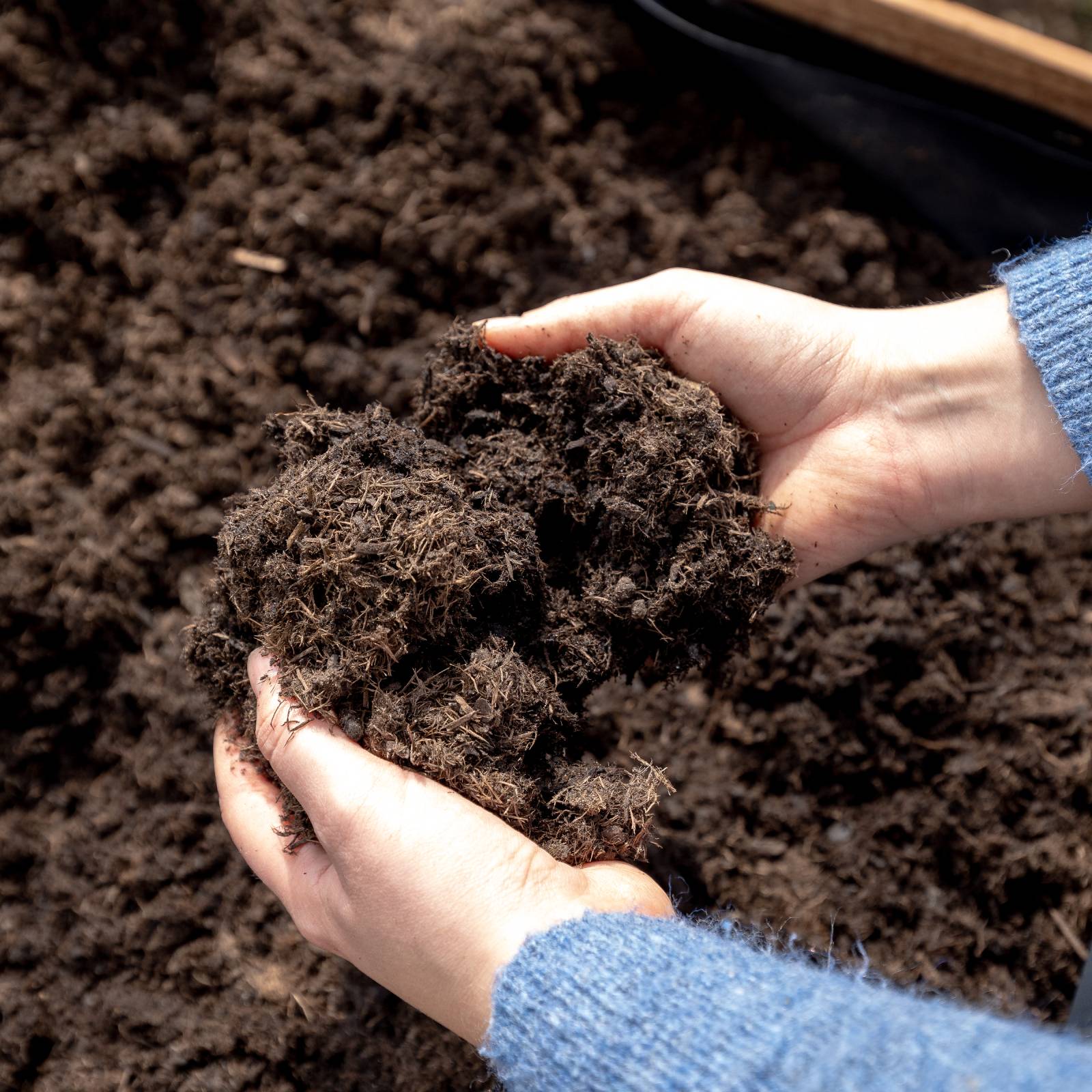 Regenerative Gardening Techniques – To Turbocharge Your Soil & Give Plants A Boost
Regenerative Gardening Techniques – To Turbocharge Your Soil & Give Plants A BoostA healthier garden crop is just one benefit of using regenerative gardening methods. Building nutrient-rich soil is a great way to help take care of the earth.
-
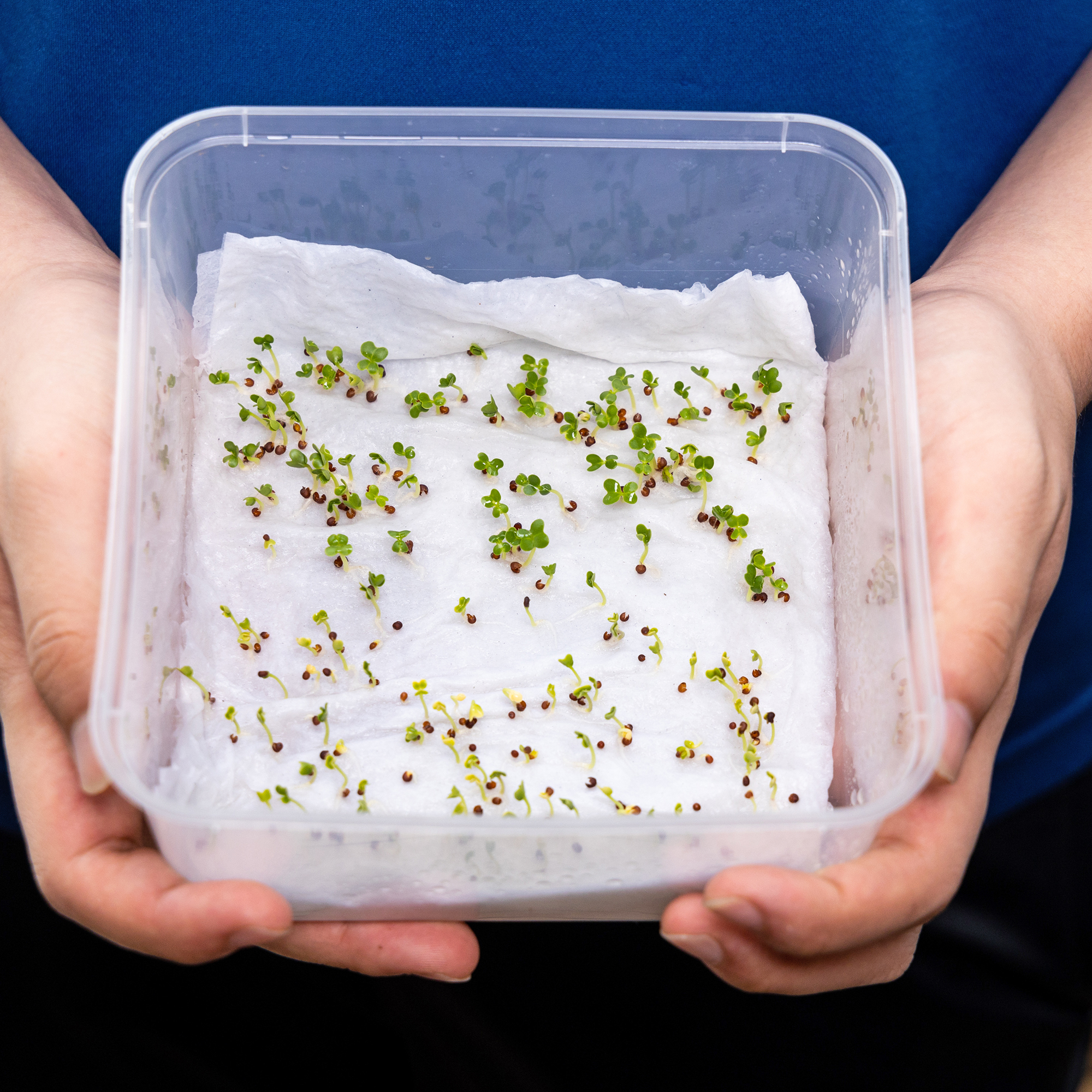 Germinating Seeds In Paper Towel: The Easy, No-Mess Method For Faster Growth
Germinating Seeds In Paper Towel: The Easy, No-Mess Method For Faster GrowthLearn the quickest and easiest way to germinate seeds in a paper towel with this expert step-by-step guide – for faster, healthier seed starts every time.
-
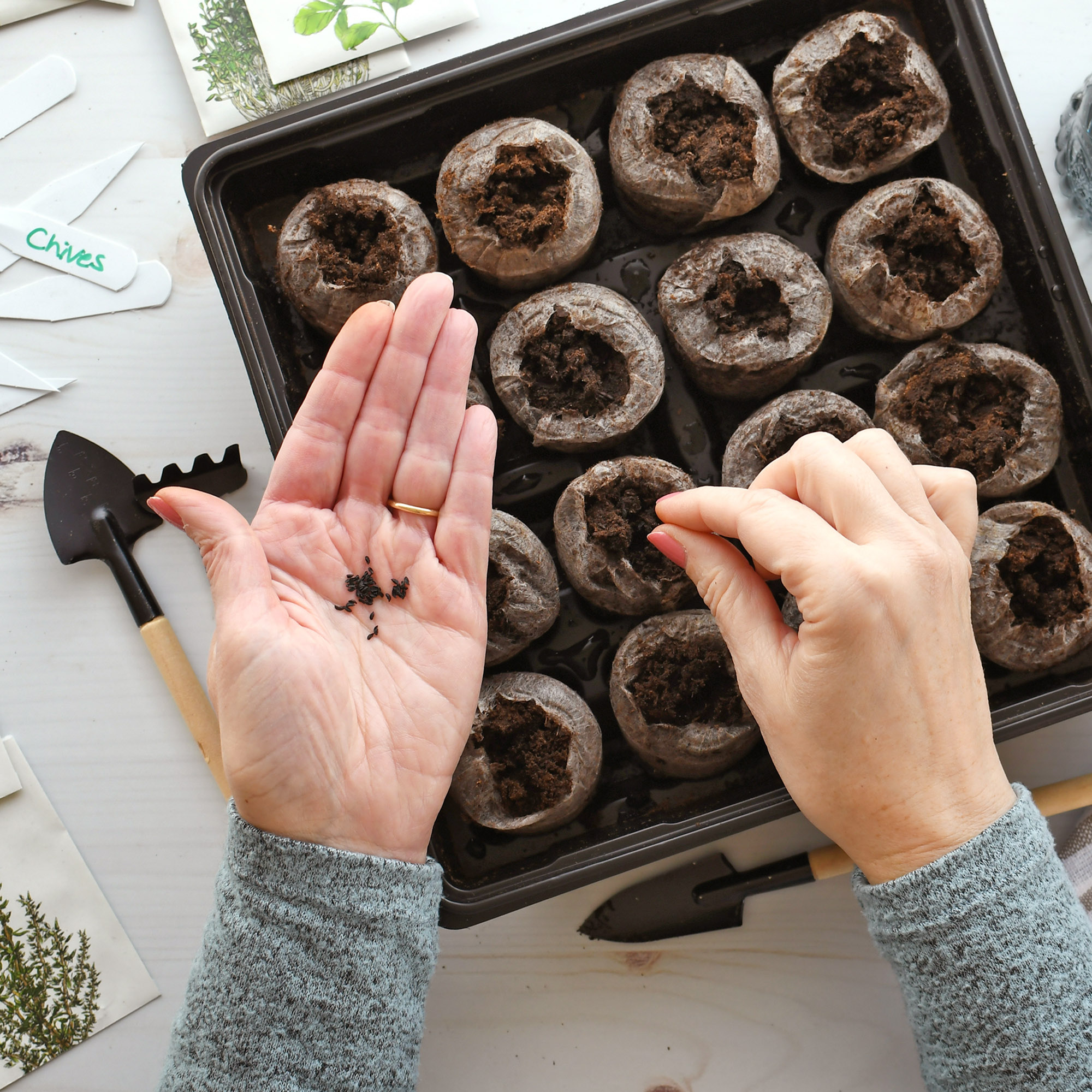 When To Start Seeds Indoors For Bigger Harvests & More Beautiful Blooms
When To Start Seeds Indoors For Bigger Harvests & More Beautiful BloomsBoost your garden's productivity by learning the best times to start seeds indoors – including a month-by-month guide for crops and flowers.
-
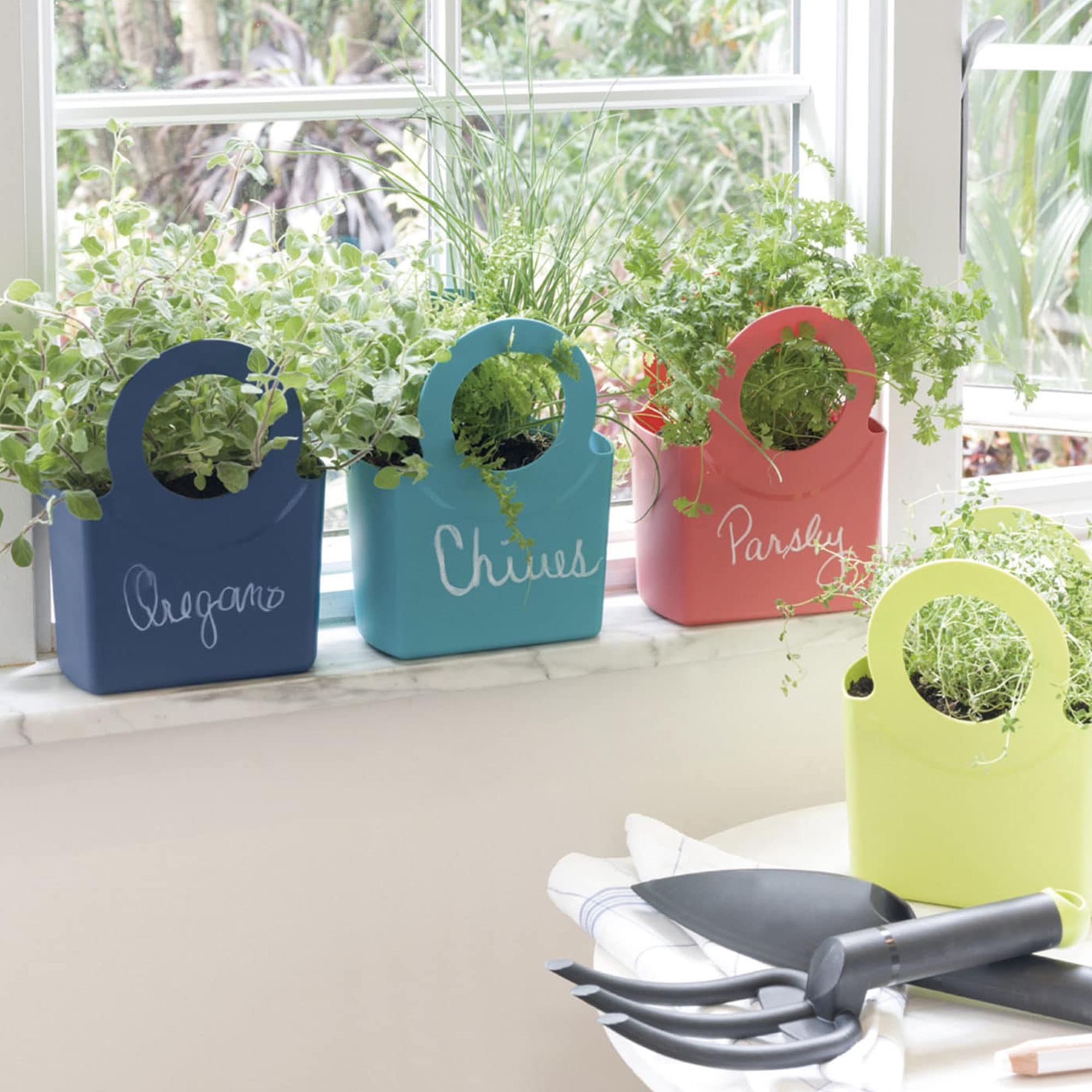 8 Herb Gift Ideas That Will Inspire Foodies And Green Thumbs To Raise Their Culinary Game
8 Herb Gift Ideas That Will Inspire Foodies And Green Thumbs To Raise Their Culinary GameAromatic herbs are delightful to grow and infuse flavor into endless dishes, making for a wonderful gift theme for keen home cooks and passionate gardeners.
-
 12 Most-Wanted Holiday Gifts: Gardening Know How's Staff Picks For 2024
12 Most-Wanted Holiday Gifts: Gardening Know How's Staff Picks For 2024Browse gift ideas recommended by the Gardening Know How team – from tried-and-tested gems to products we're coveting for our own wish lists.